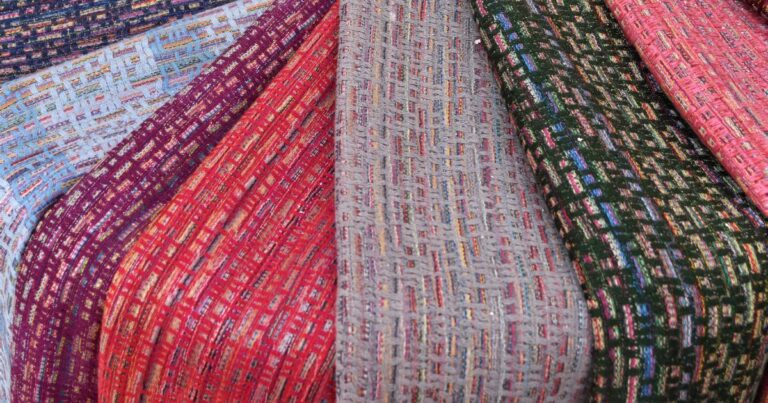Fashion and Artisanal Craftsmanship: Celebrating Handmade Garments and Accessories
Handcrafted pieces hold a unique allure that mass-produced items simply cannot replicate. The intricate details, imperfections, and personal touch imbued by skilled artisans make these pieces truly special. Each stitch, brushstroke, or carving tells a story of dedication and craftsmanship, resulting in a finished product that exudes character and charm.
Moreover, the beauty of handcrafted pieces lies not only in their aesthetic appeal but also in the emotional connection they foster. Knowing that a skilled artisan has poured their time, skill, and passion into creating a piece adds a layer of depth and meaning to the item. This sense of connection and authenticity enhances the overall experience of owning and using handcrafted pieces, making them treasured possessions that stand the test of time.
The History of Artisanal Craftsmanship in Fashion
Artisanal craftsmanship in fashion dates back centuries, rooted in the tradition of creating garments with meticulous attention to detail and quality. Throughout history, artisans have played a crucial role in shaping the fashion industry, bringing creativity and unique skills to the forefront. From hand-sewn embroidery to intricate beading, these craftsmen and women have passed down their techniques through generations, preserving the art of handmade garments.
The history of artisanal craftsmanship in fashion is a rich tapestry of cultural influences and artistic expression. Across different civilizations and time periods, artisans have used their craft to convey stories, beliefs, and traditions through intricate designs and patterns. From the delicate lacework of the Renaissance era to the vibrant textiles of indigenous cultures, the beauty of artisanal craftsmanship continues to inspire and captivate the world of fashion.
• Artisanal craftsmanship in fashion has been a tradition for centuries, emphasizing meticulous attention to detail and quality.
• Throughout history, artisans have played a crucial role in shaping the fashion industry by bringing creativity and unique skills to the forefront.
• Techniques such as hand-sewn embroidery and intricate beading have been passed down through generations, preserving the art of handmade garments.
• The history of artisanal craftsmanship in fashion is a rich tapestry of cultural influences and artistic expression.
• Artisans across different civilizations and time periods have used their craft to convey stories, beliefs, and traditions through intricate designs and patterns.
• From delicate lacework in the Renaissance era to vibrant textiles from indigenous cultures, artisanal craftsmanship continues to inspire the world of fashion.
The Process of Creating Handmade Garments
Creating handmade garments is a meticulous and intricate process that requires time, skill, and dedication. From selecting the finest fabrics to carefully crafting each stitch, artisans pour their expertise and passion into every piece they create. Each garment is a labor of love, showcasing the artistry and commitment of the maker.
The process begins with choosing the perfect materials that will bring the designer’s vision to life. Whether it’s luxurious silk, soft cotton, or rich wool, the fabric sets the foundation for the garment. Skilled artisans then cut, sew, and shape the fabric with precision and care, paying attention to every detail to ensure a flawless finish. Through their craftsmanship, they transform raw materials into exquisite creations that celebrate the beauty of handmade artistry.
What makes handmade garments unique?
Handmade garments are unique because they are crafted with care and attention to detail by skilled artisans, resulting in one-of-a-kind pieces.
How long does it take to create a handmade garment?
The time it takes to create a handmade garment can vary depending on the complexity of the design and the techniques involved. Some pieces may take days or even weeks to complete.
Why is artisanal craftsmanship important in the fashion industry?
Artisanal craftsmanship is important in the fashion industry because it helps preserve traditional techniques and promotes sustainable and ethical practices. Handcrafted pieces also have a timeless quality that sets them apart from mass-produced clothing.
Can handmade garments be customized?
Yes, handmade garments can often be customized to suit the individual’s preferences. Artisans may be able to tailor the design, fabric, and fit to create a garment that is truly unique to the wearer.
How can I support artisans who create handmade garments?
You can support artisans who create handmade garments by purchasing their pieces, sharing their work with others, and promoting the value of artisanal craftsmanship in the fashion industry. By supporting these artisans, you are helping to preserve traditional techniques and support local communities.






